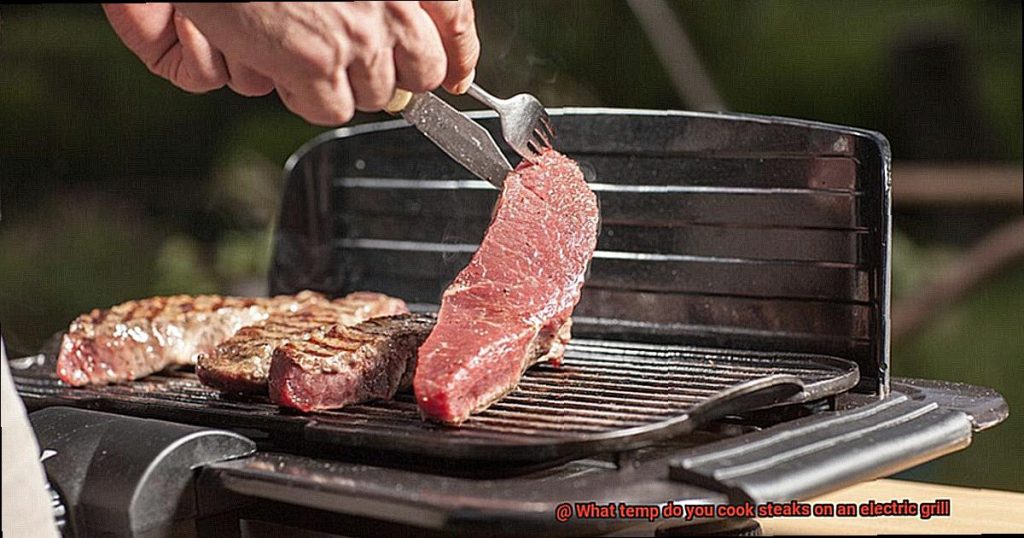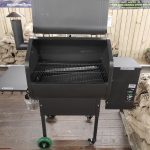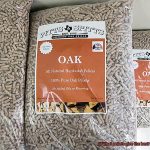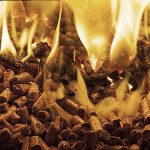Are you ready to take your steak grilling skills to the next level? Whether you’re a seasoned pro or a newbie, cooking the perfect steak on an electric grill can be a bit of a challenge. But fear not. With the right temperature and technique, you can achieve that mouth-watering, juicy texture that will have your guests begging for seconds.
Electric grills are fantastic because they’re easy to use and require minimal clean-up. Plus, they’re versatile enough to cook a variety of dishes, including steaks. However, when it comes to cooking steak on an electric grill, temperature is everything. If the grill is too hot, your steak will be overcooked and tough as leather. And if it’s too cold, you’ll end up with a raw and chewy mess.
That’s why we’re here to help guide you through the ideal temperature range for cooking your steak to perfection. In this blog post, we’ll explore different electric grill temperatures for different levels of doneness, teach you how to use a meat thermometer like a pro, and share tips and tricks for achieving that delicious steak every time you fire up the grill.
So let’s get ready to impress your taste buds (and your guests) with our expert advice on what temp do you cook steaks on an electric grill.
Contents [show]
What Temperature is Best for Cooking Steaks on an Electric Grill?
If you’re looking for a way to enjoy a delicious meal without the hassle of traditional grilling methods, an electric grill is a fantastic option. However, to create the perfect steak, you need to consider temperature, thickness, and cut. In this article, we’ll provide all the information you need to cook a mouth-watering steak on an electric grill.
Let’s start with temperature, which is perhaps the most crucial factor in determining the outcome of your dish. The optimal temperature range for cooking steaks on an electric grill is between 400-450°F (204-232°C). When you cook your steak within this range, it’ll be evenly cooked and develop a beautiful crust on the outside while retaining its juicy texture inside.
Before placing your steak on the grill, it’s crucial to preheat the grill for at least 10-15 minutes. This ensures that the grill grates are hot enough to sear the steak properly and lock in all its juices.
Next, let’s talk about thickness. The thickness of your steak plays a crucial role in determining the cooking time and temperature required to achieve your desired level of doneness. A thinner cut may require higher heat and shorter cooking times to prevent overcooking or drying out. Whereas a thicker cut requires lower heat and longer cooking times to ensure even cooking throughout.
To determine the level of doneness of your steak, you can use the following temperature guidelines:
- Rare: 120-130°F (49-54°C)
- Medium-rare: 130-135°F (54-57°C)
- Medium: 135-145°F (57-63°C)
- Medium-well: 145-155°F (63-68°C)
- Well-done: 155°F and above (68°C and above)
Using a meat thermometer is essential to ensure that your steak is cooked to perfection every time. You can check the internal temperature to match the desired level of doneness.
Finally, the cut of meat you’re working with also plays a role in how it cooks on an electric grill. Different cuts of steak have varying levels of fat content, which affects how they cook. For example, a fatty cut like ribeye or sirloin requires lower heat and longer cooking times to render down the fat and avoid flare-ups.
Preheating the Electric Grill
Well, before you fire up that bad boy, let’s talk about the critical importance of preheating the grill. Trust me, taking the time to preheat your electric grill will make all the difference in achieving mouth-watering steaks that are cooked to perfection.
First things first, let’s talk temperature. The perfect temperature range for cooking steaks on an electric grill is between 400-450°F (204-232°C). This temperature range will sear the outside of the steak to perfection while keeping the inside juicy and tender. But how do you ensure that your grill reaches this temperature? That’s where preheating comes into play.
To preheat your electric grill, turn it on and set it to your desired temperature. Allow it to heat up for at least 10-15 minutes with the lid closed. Yes, you heard that right – keep the lid CLOSED. It might be tempting to peek or flip open the lid, but keeping it closed during preheating helps to trap in heat and create an even cooking surface.
As you wait for your electric grill to preheat, take your steaks out of the refrigerator and let them come to room temperature. This is a crucial step because if you place cold steaks on a hot grill, they won’t cook evenly throughout. Additionally, while waiting for the grill to heat up, you can season your steaks with salt, pepper, or any other desired seasoning.
Now that your grill is preheated and your steaks are seasoned and at room temperature, it’s time to get cooking. Keep in mind that cooking time will vary based on the thickness of the steak and personal preference for doneness. Use a meat thermometer to ensure that your steak is cooked to your liking (rare: 120-130°F, medium-well: 145-155°F).
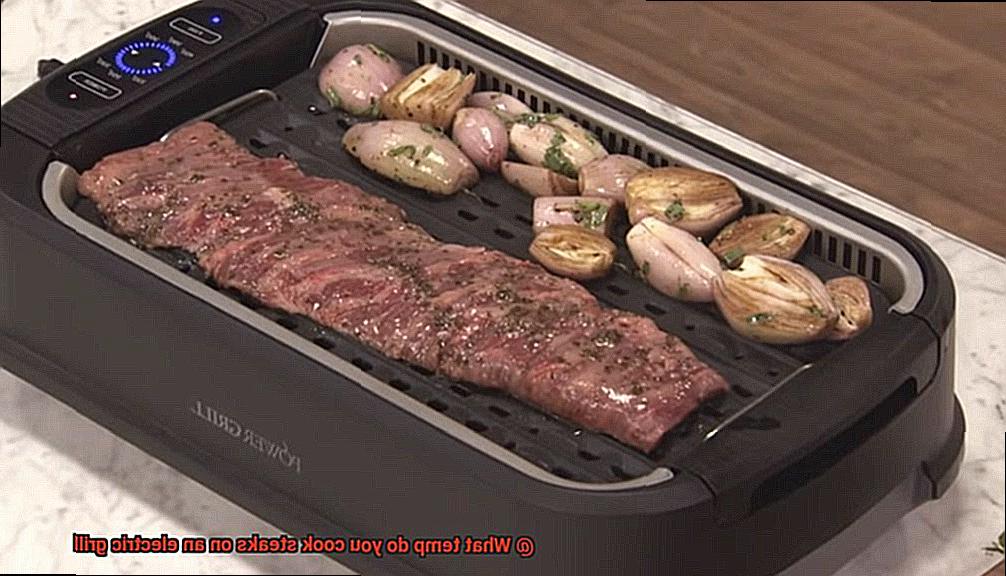
Consider the Thickness of the Steak
Well, before you start firing up the heat, let’s discuss one crucial factor that can make all the difference: the thickness of the cut.
Different cuts of steak come in varying thicknesses, which means they require different cooking times and temperatures to achieve the desired level of doneness. Let’s explore how the thickness of your steak can affect its cooking process.
Firstly, thinner cuts like flank or skirt steak require a sizzling hot grill at around 400-450°F. These cuts can be seared quickly for just a few minutes on each side until they reach an internal temperature of around 130-135°F for medium-rare. If you’re looking for a speedy and delicious meal, these cuts are perfect for you.
However, if you prefer thicker cuts such as ribeye or filet mignon, patience is key. These indulgent steaks require a lower temperature and longer cooking time to ensure the center is cooked to perfection without overcooking the outside. It’s recommended to use a lower heat of around 300-350°F and cook for a longer period of time, flipping occasionally until the internal temperature reaches 125-130°F for medium-rare.
But wait – there’s more. Here are some additional sub-topics to consider when it comes to the thickness of your steak:
- Uniformity: Make sure your steak is evenly thick throughout for consistent cooking.
- Resting time: After grilling, allow your steak to rest for a few minutes to allow the juices to redistribute.
- Seasoning: Don’t forget to season your steak generously with salt and pepper before grilling.
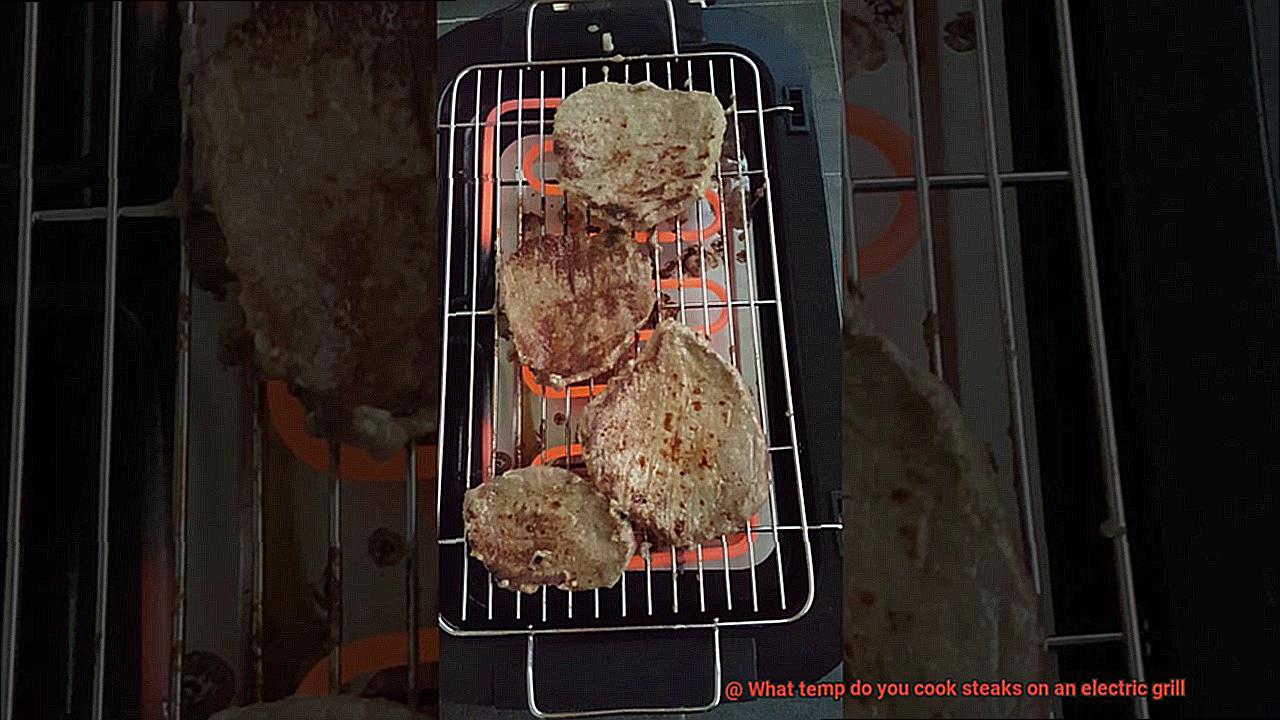
Remember, these temperatures and cooking times are only guidelines and can vary depending on personal preference and cut of steak. For ultimate precision, invest in a meat thermometer to check the internal temperature before serving.
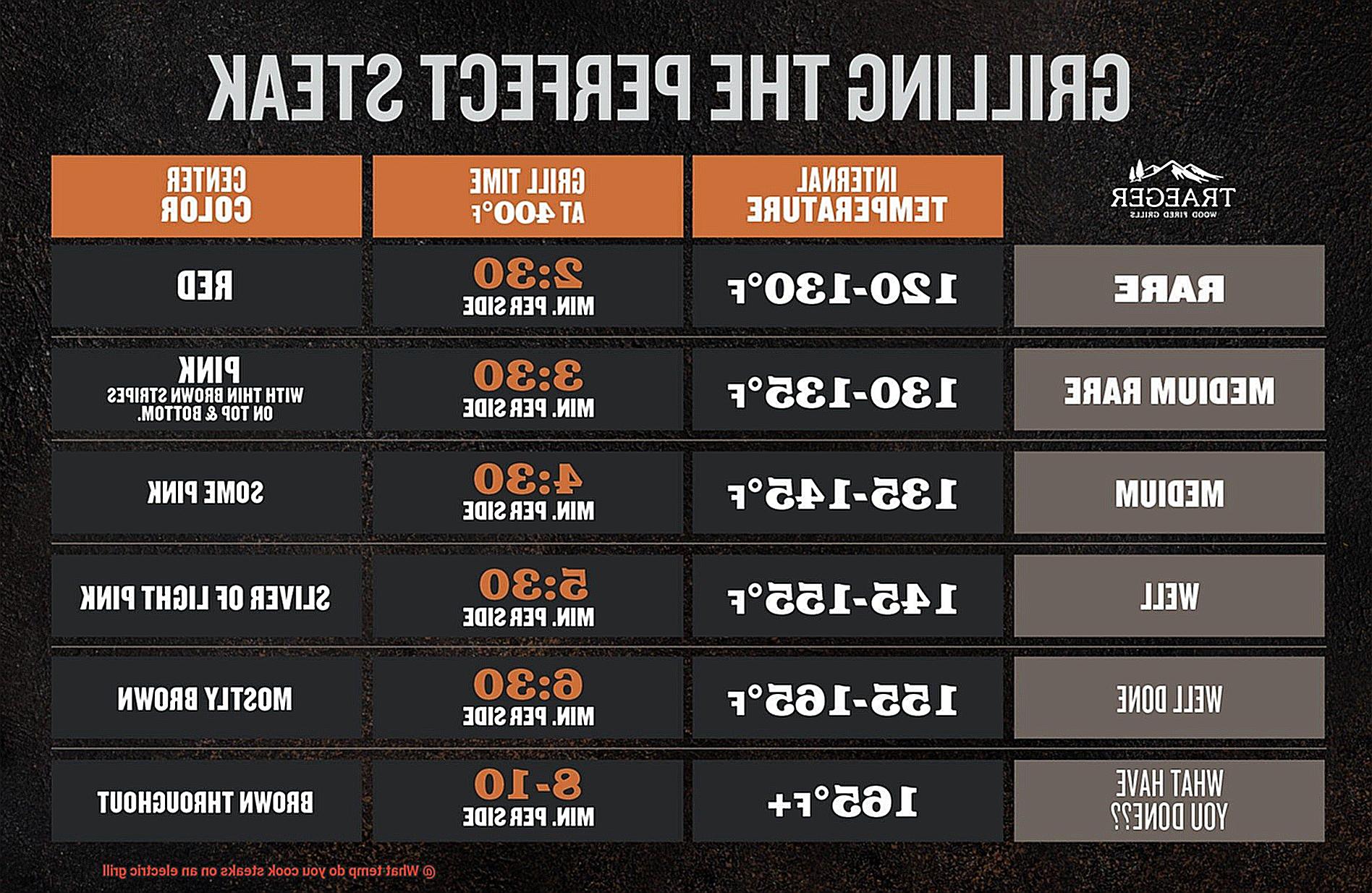
Different Cuts of Steak Require Different Cooking Temperatures
Grilling a steak to perfection is an art form, and it all starts with knowing the right cooking temperature. However, different cuts of steak require different cooking temperatures, making the process tricky to navigate. Fear not, dear reader, as an expert on this topic, I am here to guide you through the ins and outs of cooking steak to perfection.
Firstly, let’s talk about thickness. It’s a crucial factor that can greatly impact your cooking process. Thicker cuts require lower cooking temperatures to ensure that the center of the meat is cooked through without overcooking the outside. Thinner cuts, on the other hand, can handle higher temperatures for shorter periods without sacrificing flavor or tenderness.
Secondly, it’s important to consider the type of steak you’re working with. Different cuts have varying levels of marbling and fat content that affect the cooking temperature and time required. For example, a well-marbled ribeye may require a lower cooking temperature to properly render the fat and achieve a juicy result. A leaner cut like sirloin may require a higher temperature and shorter cooking time to prevent it from becoming tough and dry.
Now that we’ve covered these factors, let’s delve into specific cuts of steak and their ideal cooking temperatures:
- Ribeye: This cut requires low heat and longer cooking times as its high fat content needs time to render down and create that juicy texture. Aim for a temperature between 130-135°F for medium-rare.
- Sirloin: This leaner cut requires higher heat but less time on the grill. Cook it at around 145°F for medium-rare.
- Filet Mignon: This tender cut requires lower heat compared to other steaks as it lacks significant marbling. Cook it around 130°F for medium-rare.
- Flank steak: This thin cut requires high heat to sear the outside and lock in the juices. It should be cooked at a temperature of 130-135°F for medium-rare.
Tips for Grilling Perfectly Cooked Steaks Every Time
Grilling steaks on an electric grill can be a great way to enjoy a juicy and flavorful meal. However, achieving perfectly cooked steaks requires adjusting the temperature of your electric grill. Here are five tips to help you do just that.
Preheat your electric grill
The first step to perfectly cooked steaks on an electric grill is to preheat it for at least 10-15 minutes. This ensures that the grill grates are hot enough to sear the steak properly and lock in all its juices. A temperature range of 400-450°F is ideal for most steaks, but thicker cuts may require slightly lower heat to prevent burning the outside before the inside is fully cooked.
Consider the thickness of the steak
Thicker steaks require longer cooking times at lower temperatures to ensure that they cook evenly throughout. Thinner steaks, on the other hand, need higher heat and shorter cooking times to avoid overcooking or drying out. To determine the ideal temperature for your steak, consider its thickness and adjust your electric grill accordingly.
Choose the right cut of steak
Different cuts of steak have varying levels of fat content, which affects how they cook on an electric grill. For instance, a fatty cut like ribeye or sirloin requires lower heat and longer cooking times to render down the fat and avoid flare-ups. Leaner cuts like filet mignon or flank steak can be cooked at higher heat for shorter periods of time without sacrificing tenderness or juiciness.
Use a meat thermometer
Using a meat thermometer is an easy way to ensure that your steak is cooked to your desired level of doneness. For rare steak, the internal temperature should be around 125°F, medium-rare around 135°F, medium around 145°F, medium-well around 155°F, and well-done around 165°F. Insert the thermometer into the thickest part of the steak, away from any bones or fat, to get an accurate reading.
Let your steak rest
After cooking your steak, let it rest for a few minutes before cutting into it. This allows the juices to redistribute throughout the meat, resulting in a more tender and flavorful steak. Cover the steak with foil to keep it warm and prevent it from drying out while resting.
Avoiding Flare-Ups with Fattier Cuts of Steak
When it comes to cooking fattier cuts of steak on an electric grill, flare-ups can be a buzzkill. But fear not, with a few simple steps, you can easily avoid flare-ups and cook a mouth-watering steak that will leave your taste buds begging for more.
Trimming the fat from your steak is the first step to preventing flare-ups. While fat is essential for flavor and texture, too much of it can lead to unwanted flare-ups. So take a minute to carefully trim any excess fat from your steak before grilling. Not only will this reduce the likelihood of flare-ups, but it will also make for a more visually appealing steak.
Temperature control is also crucial in avoiding flare-ups. A high temperature can increase the chances of flare-ups, so keep the heat at a moderate level. The ideal temperature for cooking steaks on an electric grill is between 400-450°F. Keep a close eye on your grill’s temperature to ensure that it stays within this range.
Using a drip pan or aluminum foil beneath the steak can help prevent flare-ups by catching any drippings and reducing the amount of fat that reaches the heating element. Additionally, flipping your steak frequently can help distribute the fat more evenly and reduce the chance of flare-ups.
To sum up, here are some practical tips to avoid flare-ups when grilling fattier cuts of steak on an electric grill:
- Trim excess fat from your steak before grilling for a more visually appealing and less fatty meal.
- Keep your grill’s temperature at a moderate level (400-450°F) to reduce the chances of flare-ups.
- Use a drip pan or aluminum foil beneath the steak to catch any drippings and reduce the amount of fat that reaches the heating element.
- Flip your steak frequently to distribute the fat evenly and minimize flare-ups.
AZ1Bp6eQkYk” >
Also Read: What Is The Ideal Cooking Temperatures on Blackstone…
Conclusion
In conclusion, cooking a mouth-watering steak on an electric grill requires the perfect temperature and technique. Achieving that juicy texture that will have your guests begging for seconds can be a challenge, but with the right tools and knowledge, it’s possible to master this art.
Temperature is key when it comes to cooking steak on an electric grill. The optimal temperature range for grilling steaks is between 400-450°F (204-232°C), and preheating the grill for at least 10-15 minutes is crucial. But don’t forget about the thickness of your steak. This factor plays a significant role in determining the cooking time and temperature required to achieve your desired level of doneness.
Moreover, not all cuts of meat are created equal, and their fat content affects how they cook on an electric grill. That’s why using a meat thermometer is essential to ensure that your steak is cooked to perfection every time.
To avoid flare-ups when grilling fattier cuts of steak on an electric grill, trimming excess fat from your steak before grilling, keeping the heat at a moderate level, using a drip pan or aluminum foil beneath the steak, and flipping it frequently are practical tips.
By following these expert tips and tricks, you’ll take your steak-grilling skills to new heights.

